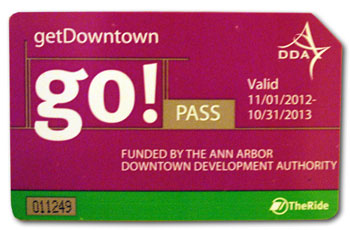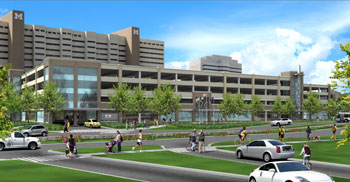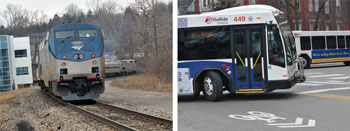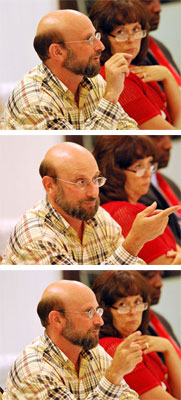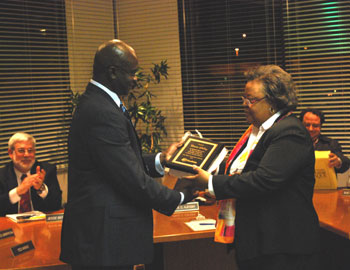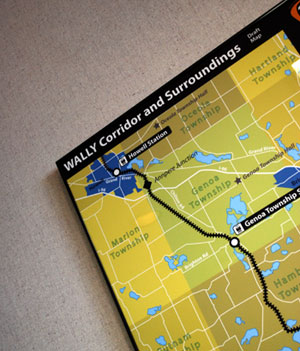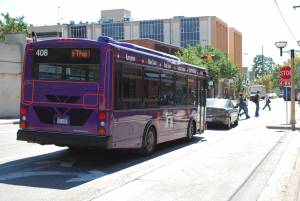Editor’s note: The monthly milestone column, which appears on the second day of each month – the anniversary of The Ann Arbor Chronicle’s Sept. 2, 2008 launch – is an opportunity for either the publisher or the editor of The Chronicle to touch base with readers on topics related to this publication. It’s also a time that we highlight, with gratitude, our local advertisers, and ask readers to consider subscribing voluntarily to The Chronicle to support our work.
In this month’s Chronicle milestone column, I’d like to talk about options, and how some recent experiences with transit caused me to reflect on the current somewhat chaotic media landscape.

This Ruckus scooter is only slightly older than The Chronicle, and over the last four years it has logged over 3,700 miles around Ann Arbor.
In my household, a few years ago we made a decision to get rid of our one car. So when I need to go somewhere, a car parked in my driveway is not the go-to option. Instead, I choose to walk, ride my Ruckus, take the bus, use a Zipcar, or on rare occasions, bum a ride from a friend or call a cab.
Generally, I don’t miss having a car. But so far this year, I’ve had occasion to get smacked by our decision not to use our community’s mainstream mode of transportation. At times like those, I fantasize what it would be like if car ownership weren’t the norm in most of America, including Ann Arbor. Surely the options we have would become more second nature to everyone, and there would be sufficient demand to support better service and access. Everyone would develop different expectations, and habits.
By way of analogy to media, the decision about a mainstream mode has already been made for us here in Ann Arbor. The media “car” – the one daily newspaper that most people received because there were no other options – has been pulled off the road. But for some of us, our expectations and habits haven’t fully adapted, and the alternatives can seem confusing, disjointed and unreliable.
I (still) regularly hear complaints that Ann Arbor lacks a “real” newspaper, and I react in two ways. First, I do feel nostalgia for the Ann Arbor News – I spent a good chunk of my life there, after all. I miss a daily local newspaper, too. But what I really miss is the ideal of a daily local newspaper – and that’s something I’m not sure The News, at least in its final years, actually delivered.
In its place is a collection of options for news and information, some better than others. I would expect to see even more in the coming years. The Chronicle is certainly one of those options, but will not satisfy the full range of our community’s information needs. Still, I’d argue that The Chronicle’s focus on local government provides Ann Arbor residents with far better coverage of local government than it’s enjoyed in the nearly two decades I’ve lived in Ann Arbor.
I’d like to circle back to the topic of media options later in the column.
But first, my transit tales. [Full Story]
